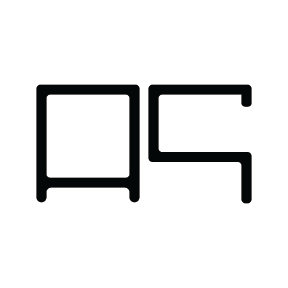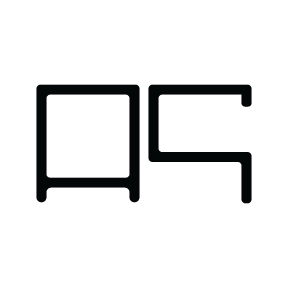Using Professional Photos To Enhance Your Brand Presence
Whether you have an in-house photographer, an external vendor or you're looking for a photographer, it can be a daunting task to figure out what you should look for, and what the result will be.
Here are a few tips to help make sure you get the desired finished product:
Is your brand identity established?
If you answered yes, then the next step is to determine what are the goals of your visuals. Are you looking to update, or maybe expand the visuals? Sometimes these changes come because of internal or external factors, but change is inevitable, so you will eventually need to shift.
If you answered no, then start reviewing other businesses and themes by doing a quick Google search. This will help you determine the look and feel you desire. This quick exercise will help give your photographer direction before the day of the photoshoot. I had a previous client say they were looking for an Ethereal Goddess vibe. I had no idea what an Ethereal Goddes was, but with a quick search, we developed a concept and a mood board. You may be wondering what a mood board is; more on that later.
Who is your audience?
The next step is to determine who is your target market. The photos should match the audience you're looking to reach. It's essential to decide who will be viewing the images. For example, if you're business is a Senior Living community, you wouldn't want a bunch of kids at a mall in your photos. However, you could include teenagers with seniors to encourage the idea of family in Senior Living.
Where will your photos be used?
It's crucial that your photographer knows how you want to use the photos. The process the photographer uses to capture and edit the photos is often determined by the medium that the images will be displayed. For example, if we know you're going to enlarge the photo and make a mantlepiece, we will adjust the way we capture and edit the images to make sure the resolution and photo quality is appropriate for large prints. Versus if the photos will be used exclusively for a digital space.
What is a mood board, and why do I need one?
As a photographer, I understand the importance of visual representation, even in the pre-production phase. For this reason, I develop mood boards for almost every shoot I do. A mood board is more commonly used in interior design spaces, but I've found it extremely helpful in photography as well. It helps illustrate poses, lighting, make-up looks, and clothing options. It is a great way to help bring the client's vision to life before we start shooting. It also helps prepare my team for the day of the shoot.
As a client, your photographer may or may not provide a mood board. Antoine Stephenson Photography provides a mood board for every client; this is apart of the consultation fee. We believe that by coming to the table with examples of the look and feel of what you want to accomplish with the photos, it will lead to faster and greater accuracy from start to finish. If you decide to go with a different photography agency, I would recommend making a mood board showing the photographer during your first meeting. Mood boards ultimately give more concrete examples of a vision.
What about stock photos?
While stock photos are a quick fix, they are often frowned upon in the industry because they lack authenticity. They also are not images that are exclusive to your brand and business. If you have a limited marketing budget, stock photos are still a useful tool to get your vision accomplished. Before using stock photos, I encourage you to reach out to our team, to see what we can do for your business.
Here are some websites I recommend if you need to go to the Stock photo route:
unsplash.com
An excellent resource for background or filler images.
nappy.co
Looking to expand the demographic you use on your website? This is a great start.
createherstock.com
For excellent photos of women in the workplace without all the power poses.


